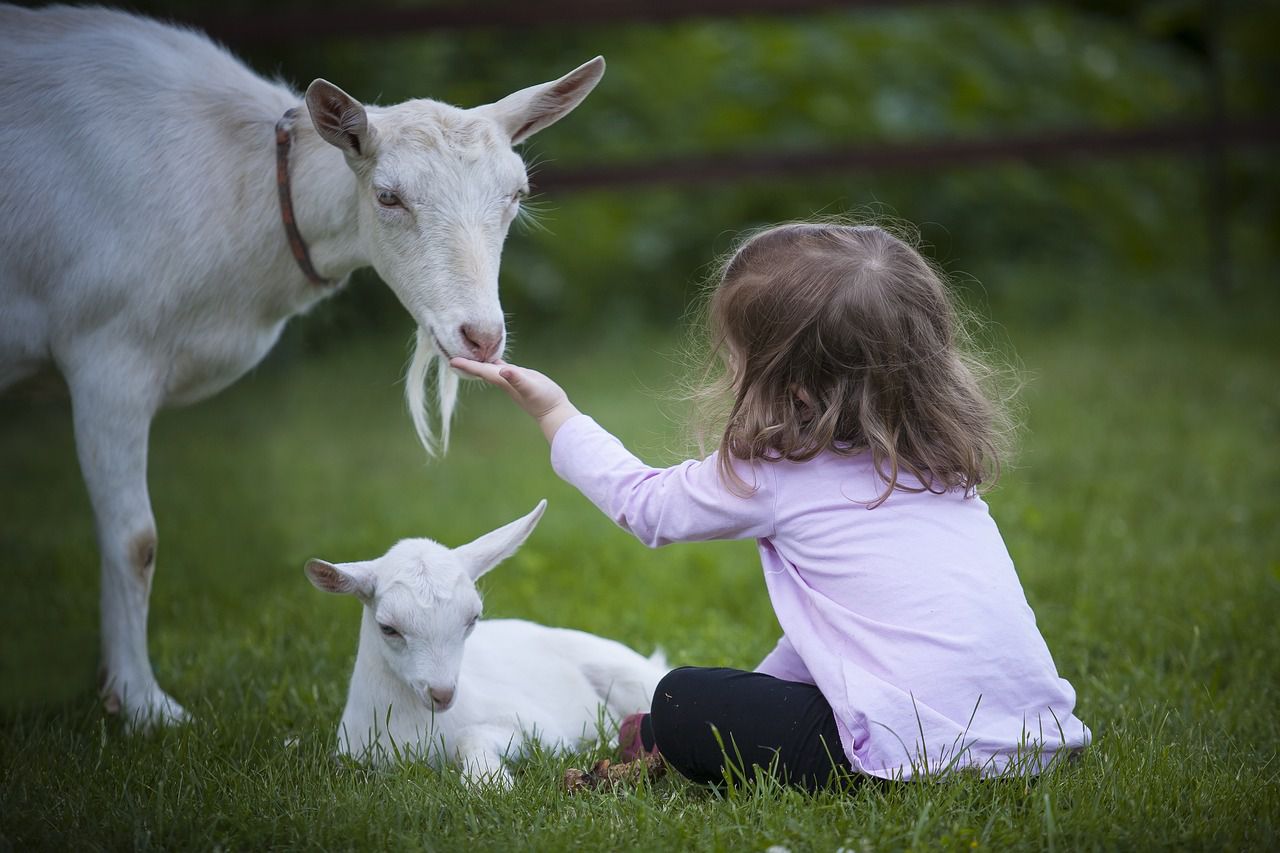Don't allow your kids to touch wild animals: It might be dangerous
Children tend to love exploring the world around, and they also love animals - both domestic and wild.
It doesn't mean they should touch them, though - it's up to you to tell them that might be dangerous.
Allowing kids to touch wild animals can be risky and potentially harmful for several reasons.
Safety Concerns
Wild animals, even seemingly docile ones, can be unpredictable and may react defensively if they feel threatened.
This can lead to bites, scratches, or other injuries to the child.

Disease Transmission
Wild animals can carry diseases that can be transmitted to humans through direct contact.
This includes zoonotic diseases like rabies, Lyme disease, and various bacterial infections.
Children, with their developing immune systems, are particularly vulnerable.
Stress to the Animal
Interacting with humans can be highly stressful for wild animals.
It disrupts their natural behavior and can lead to increased stress levels, which is detrimental to their health.
Human Impact
Handling wild animals can have negative effects on their populations.
It can disrupt their habitats, lead to abandonment of young animals by their parents, and even result in the deaths of animals due to stress or injury.
Loss of Fear
Allowing children to touch wild animals can teach them to disregard the dangers associated with wildlife.
This loss of fear can lead to risky behaviors in the presence of dangerous animals in the future.
Conservation and Respect
Teaching children to observe wild animals from a distance and respect their habitats fosters a sense of conservation and a deeper understanding of the natural world.
It encourages empathy and responsible behavior towards wildlife.
